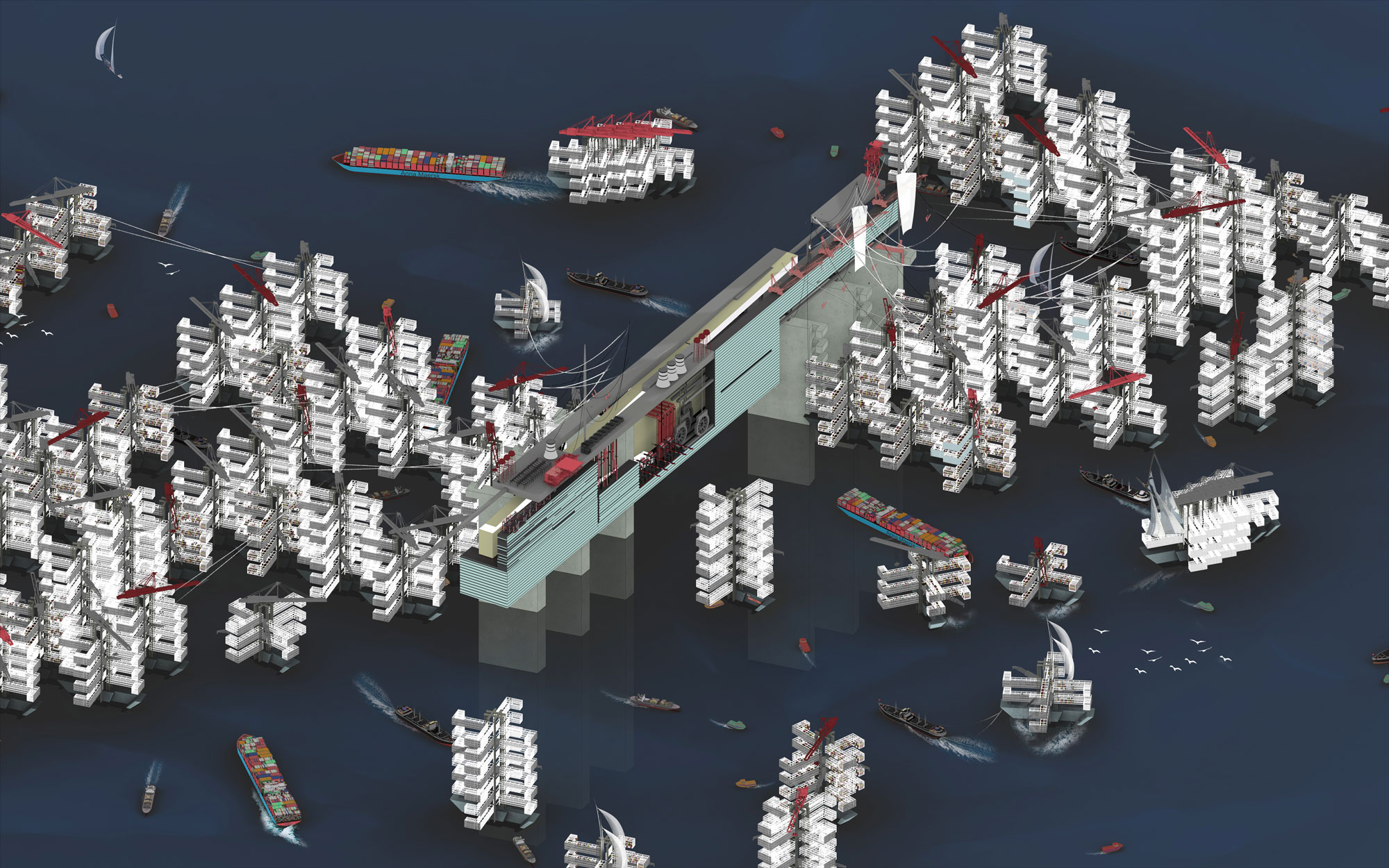company
type
role
team
EVOLO competition
space | obj
designer | researcher
M.reza aliyarinia,Mahyar Rakei, Maryam Shaker
2019

Abstract
Day by day people of Iran feel pressure of economical sanctions on their lives, economy turns to be weaker and citizens lose their purchasing power more than ever after US declared withdrawal from nuclear deal and has imposed sanctions against Iran. Part of the sanctions banns most of countries to trade with Iran and also prohibits SWIFT (Society for Worldwide Interbank Financial Telecommunication) network by not giving credit for financial institutions in Iran so that companies in neither side of world nor in Iran would not be able to trade with each other so Iranians can hardly have access to world markets.In other hand European Union tries to invent new channel for supporting trade with Iran called INSTEX (instrument in support of trade exchanges) unfortunately none of European countries seemed to be able to locate this instrument in their place in order to avoid confronting with US.
The project seeks solution to provide free trade exchange all over the world like platform for countries where they can exchange goods based on the values in global market.
Following matters that were described NINSTEX is located in international waters; where there is no sovereignty, therefore is nobody’s land as no state controls it. All states have the freedom of: fishing, navigation, overflight, laying cables and pipelines, as well as research, gives us advantage to locate our project in this waters.
NINSTEX acts as similarly as sea port. By changing hierarchy of layers in typical port; containers which are stored, cranes that transfer goods and ships. It’s created from two main sections;
Core, which defines the location and holds main structure of NINSTEX and its relation with sea, also organizes the layout of clusters. Offices and different programs for human purposes are accommodated inside core. Clusters, that containers are stored within them also perform in two condition; interlock condition that bunch of cluster are compressed, act as storage. They can be carried by ships in interlocking condition and after bunch joins structure, clusters form distance from each other until they reach to their branches, like a chain. By creating distance their introduce passage ways for ships that they can move beneath structure and load goods by cranes. This condition similarly performs as port.
The structure size horizontally grows depended on increase in volume of transactions, more clusters join to structure to increase capacity as more trading happens in district which one of ports is located.

Methodology & Process
The project began with an in-depth investigation into the mechanics and mobility of outward-floating storage systems. Our aim was to design a component capable of both expansion and compression, allowing for dynamic spatial transformation.
We started by studying existing mechanisms that enable movement—particularly those found in deployable structures and kinetic systems. This research helped us define the functional requirements of our design and inspired our exploration of flexible geometries.
From there, we moved into a hands-on phase of iterative prototyping. We tested a wide range of geometric configurations and structural concepts to identify a form that could effectively support the desired motion. Each prototype served as a learning tool, allowing us to refine our approach and understand the relationship between form, material, and movement.
The process was experimental at its core. Rather than settling on a single solution early on, we allowed each test to inform the next, gradually shaping a system that was responsive, adaptable, and mechanically efficient


Movement Mechanism

Scalability
More levels of storage can be added to cluster to increase

More bunch of clusters join to structure in X, Y to increase capacity

Main parts
The project is created from two main parts: core which is stable, and clusters, which connect to the core and can also be moved.

Unit Structure


Movement and Accomodation of crans for storage and port mode
From storage to port

New type of Port

Typical port: planar relation between series of layer: storage, crane, ship Cluster (NeoINSTEX): planar relation of typical port turns into sectional relation between layers which are defined among each other
Reflections & Ongoing Thoughts
One of the most compelling aspects of this project for me was discovering the deep connection between geometry and movement. Through repeated prototyping and testing, I realized how even small shifts in geometry could dramatically alter the way a structure behaves—how it folds, expands, or resists motion.
What began as a search for a functional solution quickly became a broader exploration into how form and motion inform one another. I became fascinated with the idea that geometry isn’t just a static design tool, but a dynamic system that can respond, adapt, and transform. Each iteration revealed a new layer of potential, not just for utility but for expression.
This relationship between geometry and movement continues to resonate with me. It’s something I’m eager to explore further—not just as a means of solving problems, but as a way of generating new spatial experiences. I’m interested in how these principles might scale up, shift in material, or even find application in architecture, product design, or interactive systems.